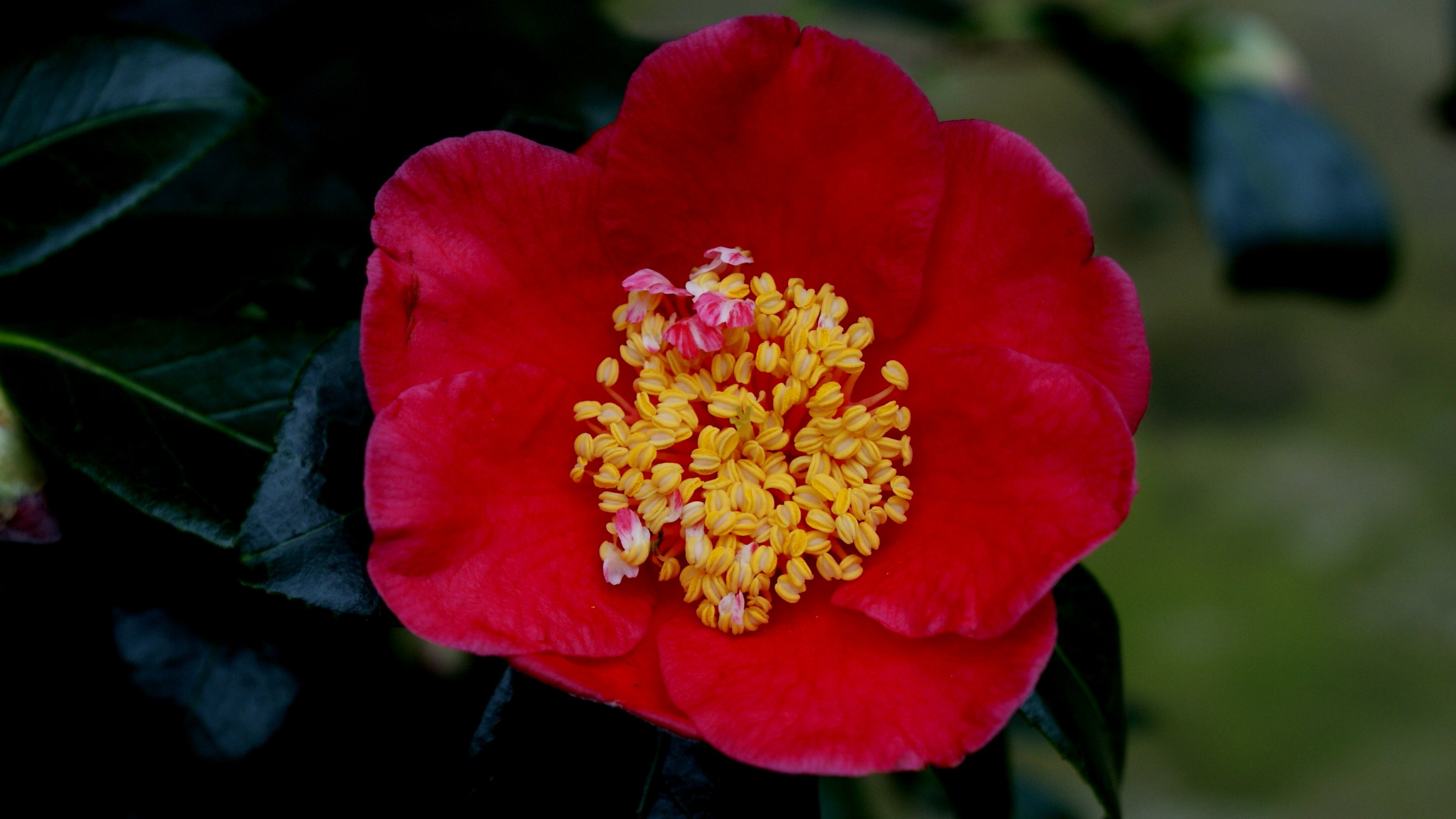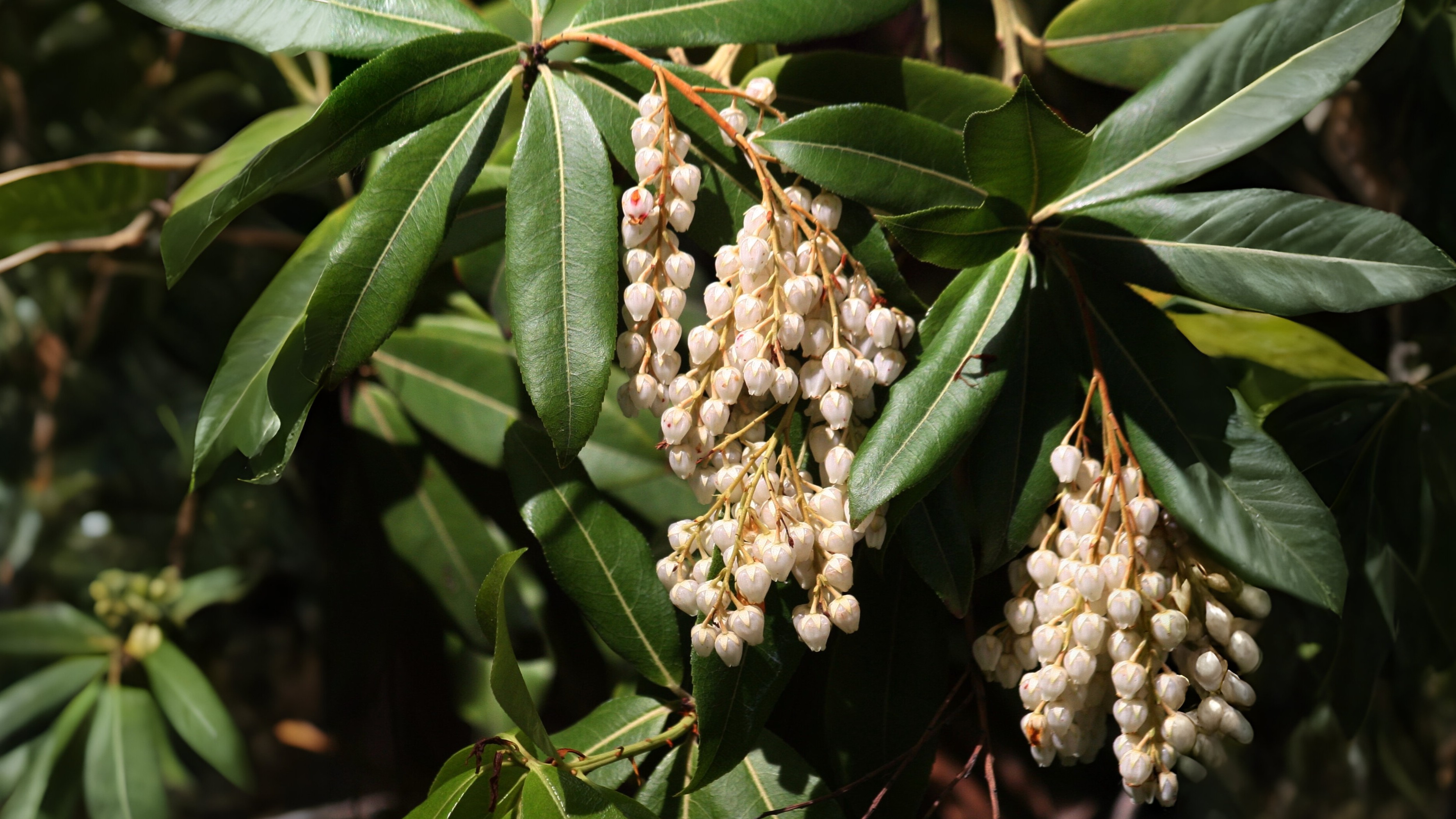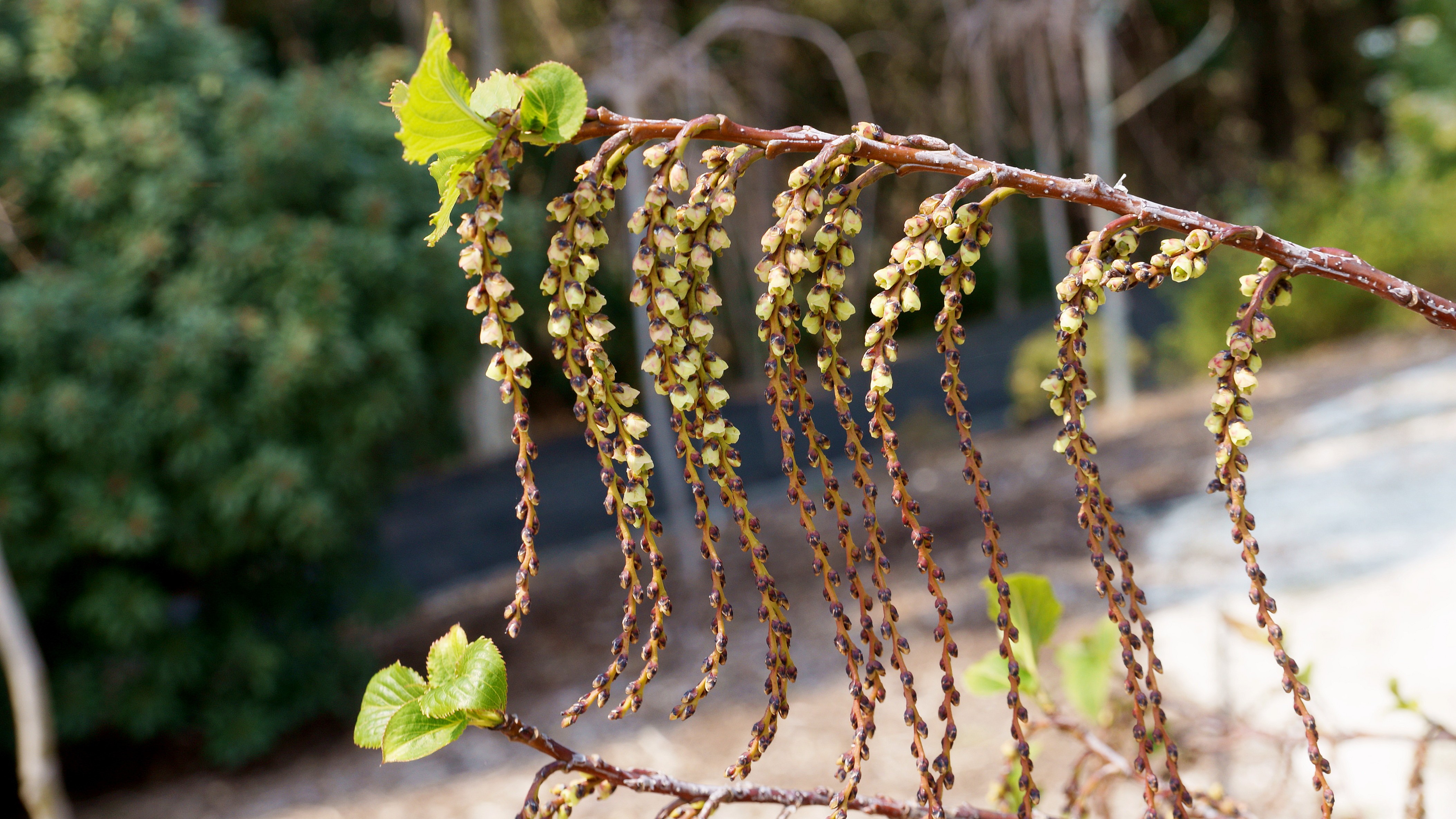
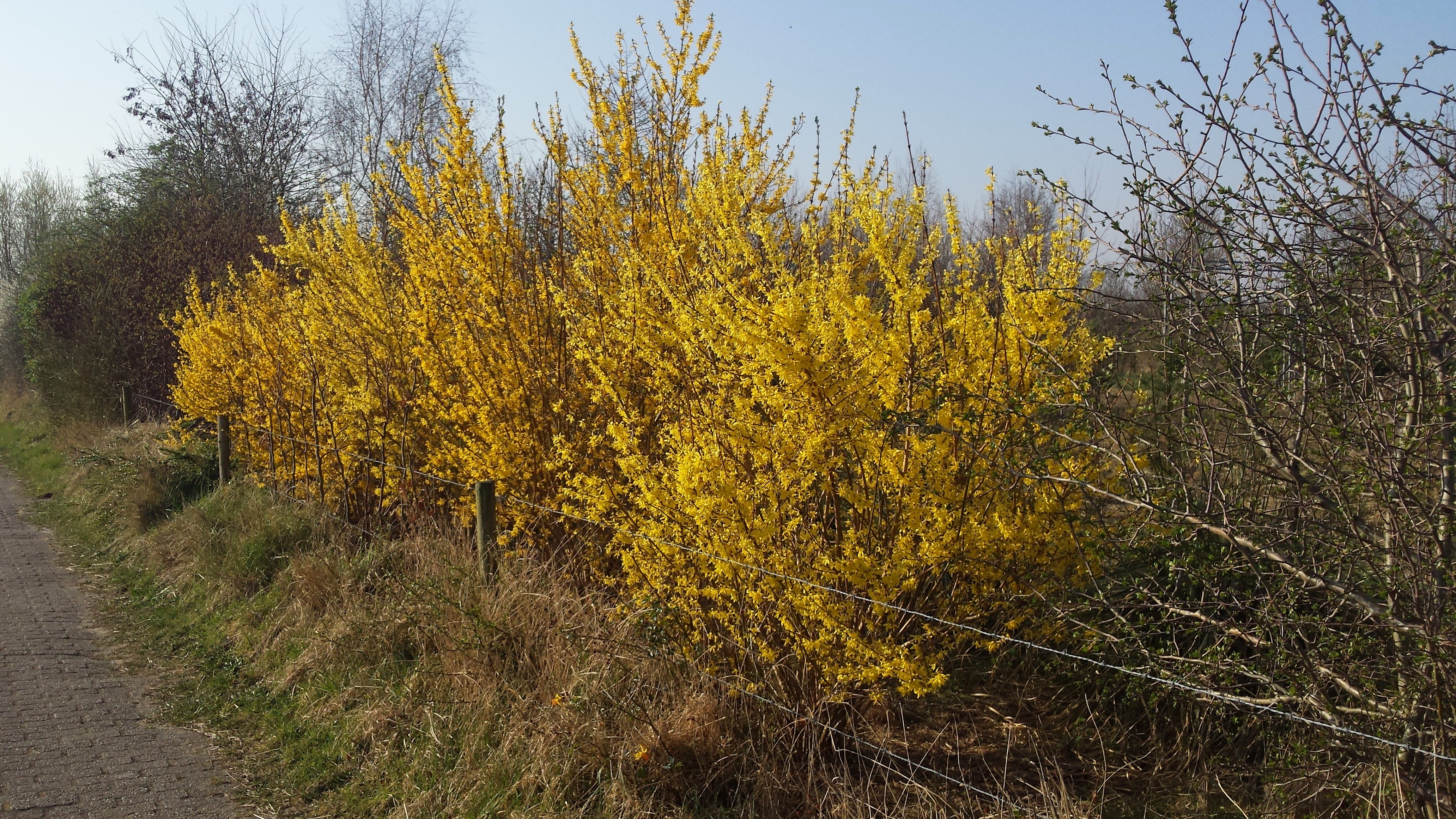

This is when he decided to name the plant after one of his predecessors in the post, a William Forsyth. Forsyth was an equally colourful character having once been gardener to George III, but he became best known for his charlatan ‘plaister’. This was a cure all for diseased trees made from his own secret recipe. After some initial success it turned out to be utterly useless being just made of old plaster, cow dung, urine, sand and wood ash. The ensuing scandal immortalised his name. The rare Korean relation of Forsythia, Abeliophyllum distichum, which has papery white flowers flushed with pink, can now be found both at Wisley and Kew.
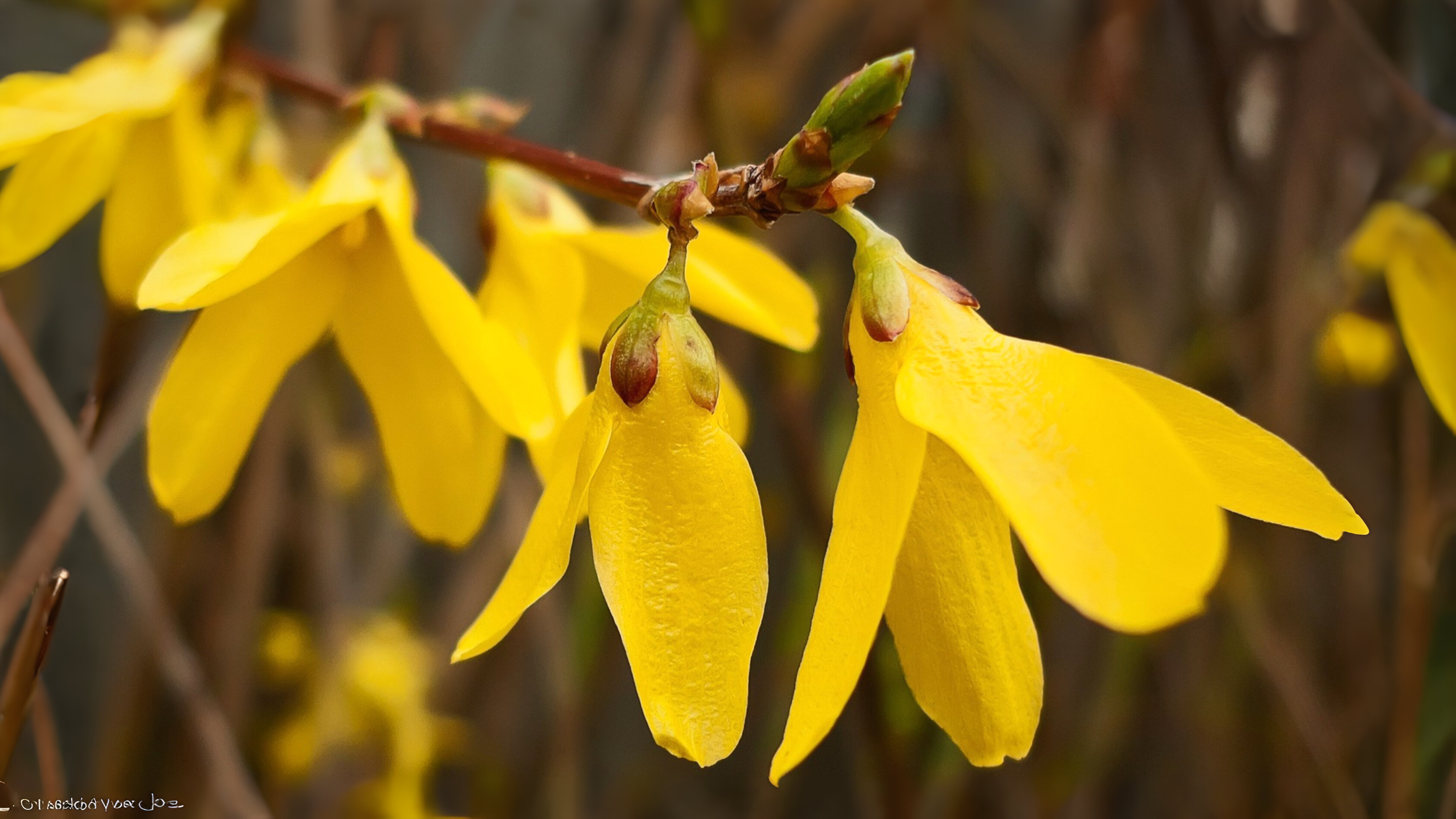

A small number of early rhododendrons are now joining those possibly seen in January e.g. Rhododendron praecox, R. mucronatum, R. ‘Seta’ and R. Rosamundi. Most striking are probably the early forms of R. arboretum e.g. R.a x haematodes Choremia ‘Tower Court’ which grows in the Savill Gardens. This has brilliant red flowers and can attain the size of a small tree. Early rhododendrons in flower can be seen in Cannizaro Park as well as Wisley.
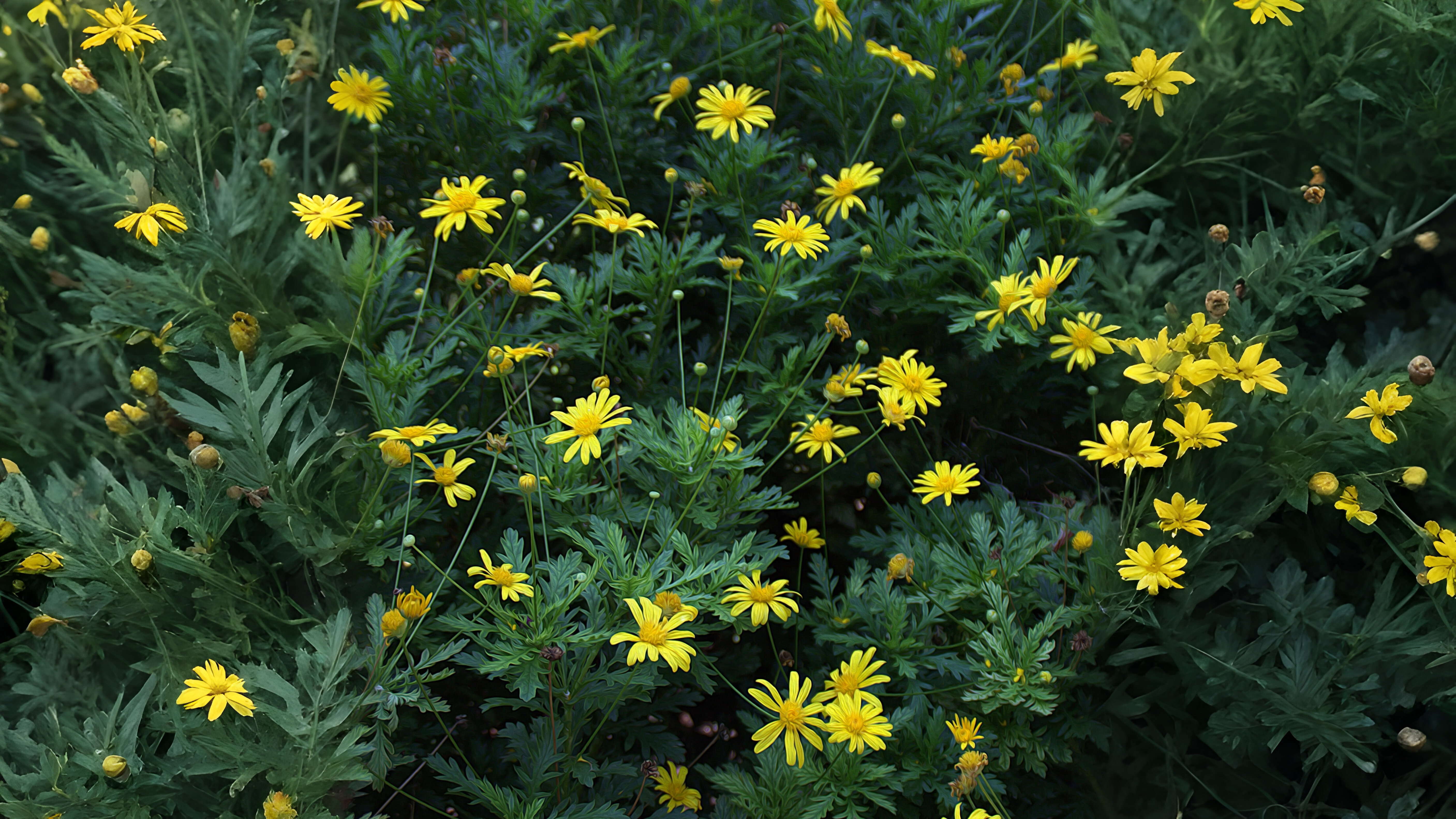

Wild box Buxus sempervirens grows on Box Hill in Surrey. It is also grown in many gardens despite box blight where it is now joined by Balearic box Buxus balearica, which, as its name suggests, is a native of southern Europe. Some people detect a strong, unpleasant odour from box, similar to cat’s urine. This odour is said to account for its decline in popularity. Once it was used extensively to border knot gardens, where the clippings were said to make the problem even worse.
